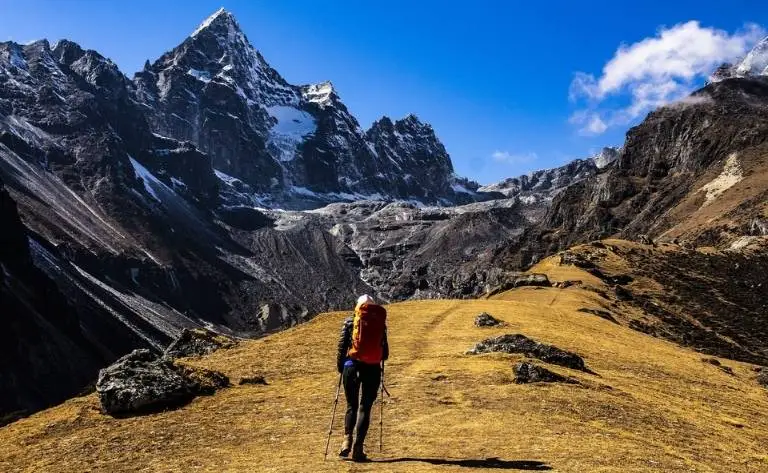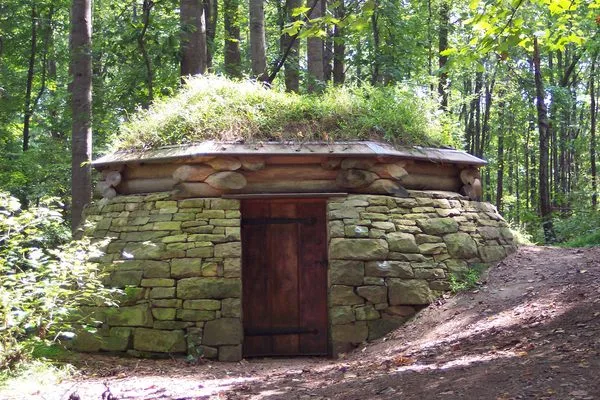Secrets Of the World's Most Magical Mountains
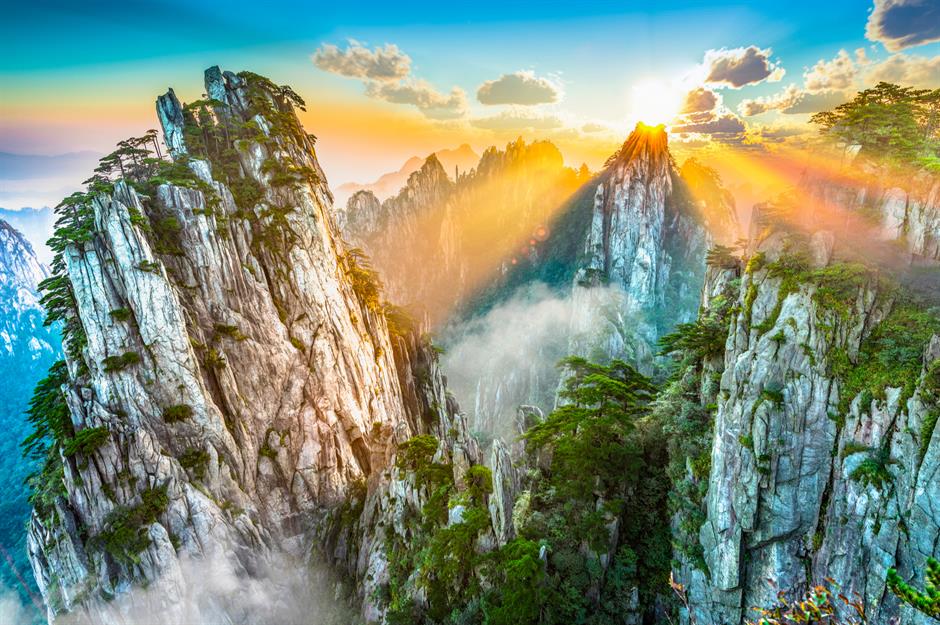
Standing Tall
Mountains are among the most terrifying and interesting objects on Earth. Mountains occur in a variety of forms and sizes, ranging from little yet perfectly shaped peaks to gigantic monoliths reaching into the sky. We go throughout the world to find some of the intriguing tales behind the world's most beautiful mountains; click on 'full screen' to see these photographs at their finest.
Kirkjufell, Iceland (1,519ft/463m)
We've all heard of Everest and Fuji, and while both are breathtaking, Kirkjufell in Iceland is even more otherworldly. The stunning mountain may be located along the island's western shore, which is characterized by crystalline fjords, geothermal springs, and active waterfalls. And, despite being the smallest peak on our list, it is the most photographed peak in Iceland owing to its breathtaking beauty and the Northern Lights that frequently dance in the night sky above.
The Pitons, St Lucia (2,618ft/798m)
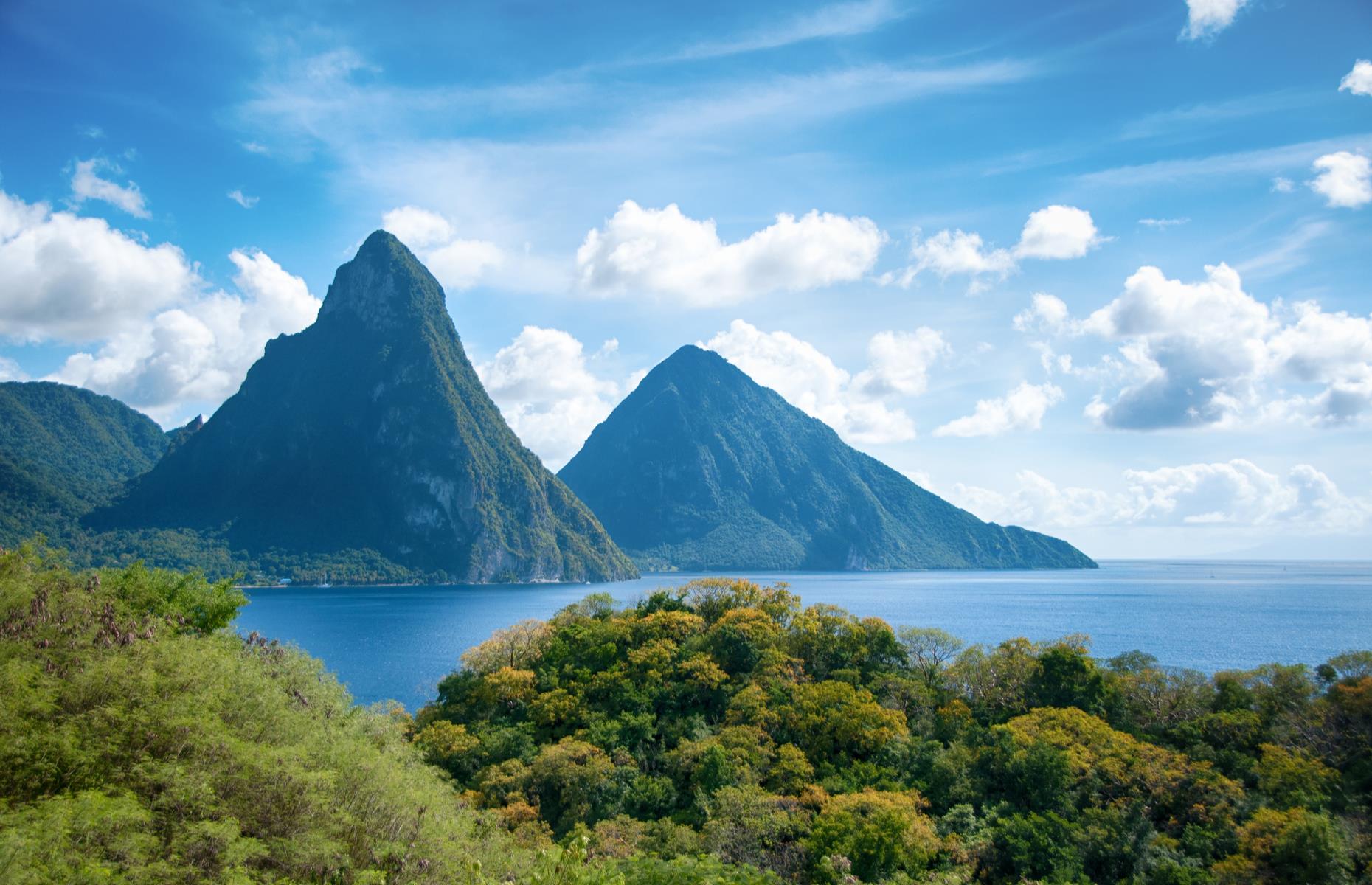
The Pitons are one of St Lucia's most recognizable landmarks. The two volcanic plugs are now covered in a lush green forest, and the Pitons - Gros Piton and Petit Piton - are home to no less than 245 plant species, including eight rare tree species, and 27 bird species, five of which are unique.
El Capitan, California, USA (3,000ft/914m)
El Capitan, the grand dame of Yosemite National Park (together with Half Dome to the east), stands triumphantly on the western side of Yosemite Valley. Its granite face seems nearly vertical as a consequence of glacial activity, which formed several of the mountains in the national park. El Capitan, which means "the captain," is an appropriate moniker for the monolith.
Three Sisters, Blue Mountains, New South Wales, Australia (3,024ft/922m)
Tangles of native vegetation, waterfalls, wooded valleys, cliffs, and caverns - the beauty of the Greater Blue Mountains World Heritage Area is breathtaking. The Three Sisters are the area's most renowned landmark. According to Aboriginal folklore, the towering rocks represent three sisters - Meehni, Wimlah, and Buachaille Etive Beag.
Scottish Highlands, Scotland, UK (3,143ft/958m)

It is not Scotland's tallest or most renowned mountain, hence it is sometimes disregarded in favor of others; yet, the breathtaking peak and environment must be seen to be believed. Buachaille Etive Beag, one of the Scottish Highlands' most wonderfully shaped mountains, is surrounded by Glencoe's peaks and offers breathtaking views of Loch Etive. The name, pronounced "booachil etiv bek," means "small herdsman of Etive."
Table Mountain, South Africa (3,558ft/1,084m)
Table Mountain, which towers over Cape Town, South Africa, is undeniably one of the world's most renowned landmarks. Known for its unusual form, as the name implies, it is one of the planet's oldest summits, dating back more than 200 million years. The first known climb occurred many years ago, when Portuguese explorer António de Saldanha conquered it in the early sixteenth century.
Thor Peak, Baffin Mountains, Nunavut, Canada (5,495ft/1,675m)
Mount Thor (formally known as Thor Peak) is named after the Norse god of thunder, and with good reason: it is quite imposing. The slope, which has the world's largest vertical drop of 4,101 feet (1,250m), is very difficult to climb. In truth, the peak was not conquered until 1985, when a four-man American team climbed it in 33 tough days.
Read Also: Most Beautiful Places To Visit In Iowa
Mount Hua, Qin Mountains, China (7,086ft/2,160m)
Mount Hua (also known as Huashan) is one of China's five holy Taoist mountains. It has long been a pilgrimage destination, but it is also recognized for having one of the world's most dangerous walks. A network of routes around the mountain, including steep stone stairs. The most difficult portion, however, is the notorious Plank Path, which consists of narrow and rickety boards hammered into the vertical slope roughly 5,000 feet (1,524m) above the ground.
Mount Roraima, Venezuela (9,220ft/2,810m)
The picturesque Mount Roraima towers above the skies and serves as a natural boundary between Venezuela, Brazil, and Guyana in South America. The flat-top mountain is said to be among the world's oldest, dating back around two billion years. It is also South America's tallest tepui (table-top mountain). The otherworldly-looking natural marvel is thought to have inspired Sir Arthur Conan Doyle's 1912 novel The Lost World, which features dinosaurs and ape-men.
Zugspitze, Wetterstein, Germany (9,717ft/2,962m)
Zugspitze, Germany's tallest peak, is commonly referred to as the "top of Germany." The Austria-Germany boundary runs directly over the Wetterstein mountain range in the Alps, and there was a staffed border checkpoint at the top before both nations entered the Schengen zone. Today, three cable cars ascend to the top, where the observation platforms provide views of approximately 400 peaks from four different nations (Germany, Austria, Switzerland, and Italy).




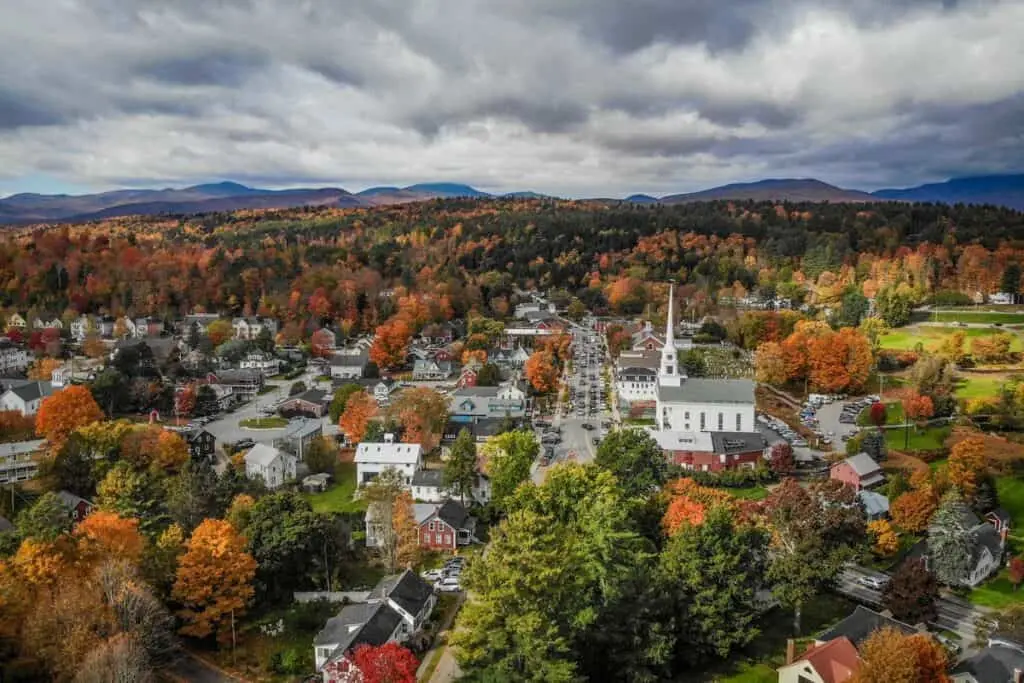
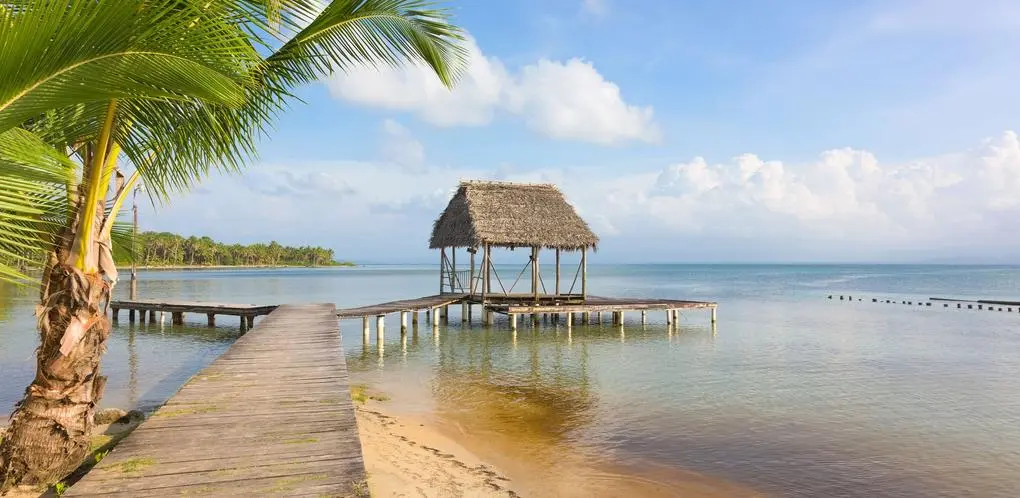
.webp)
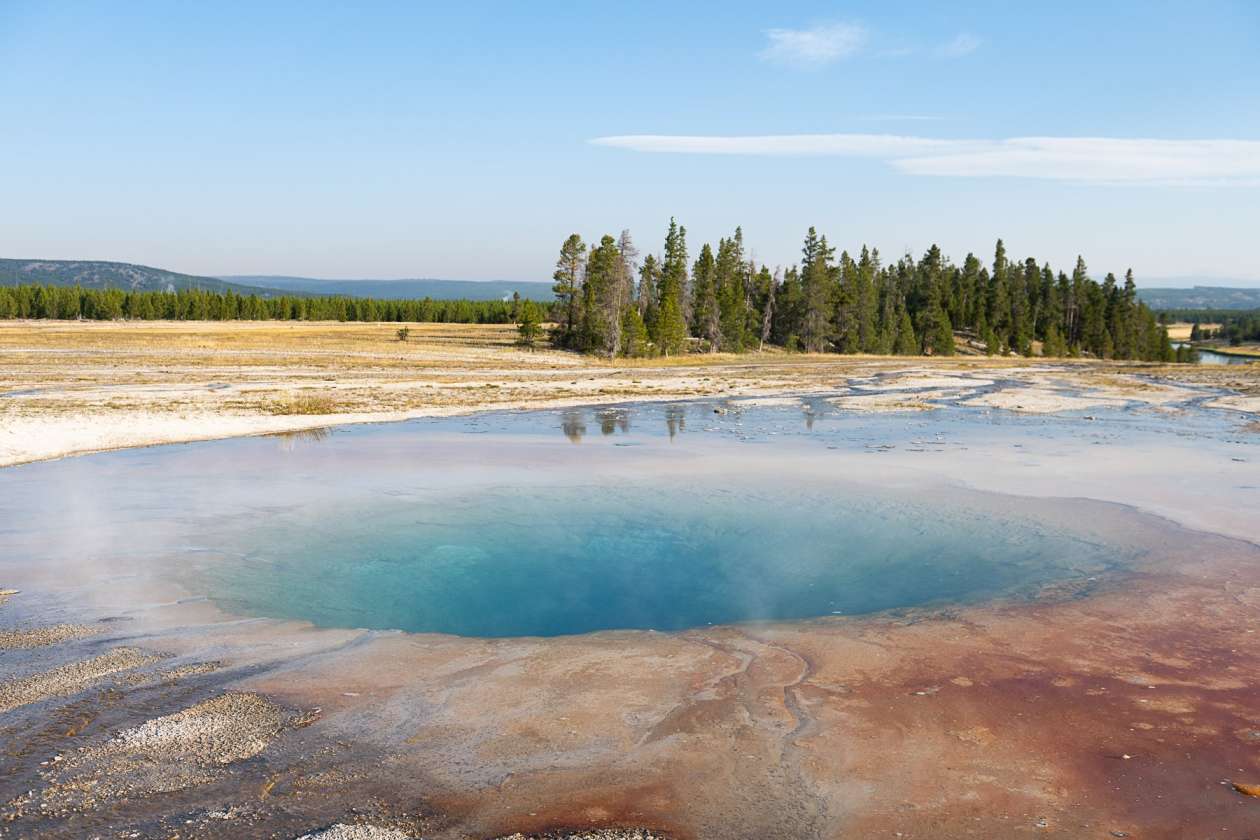
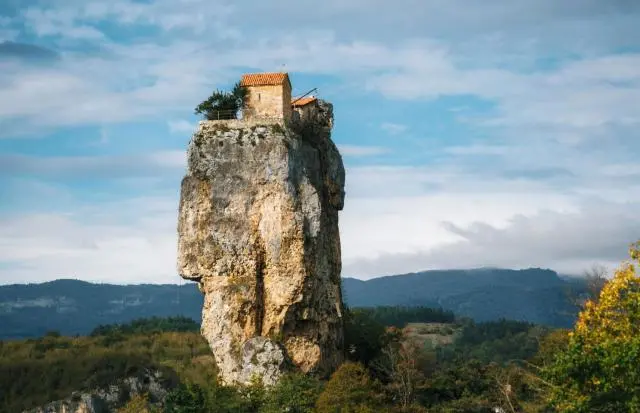
.webp)
